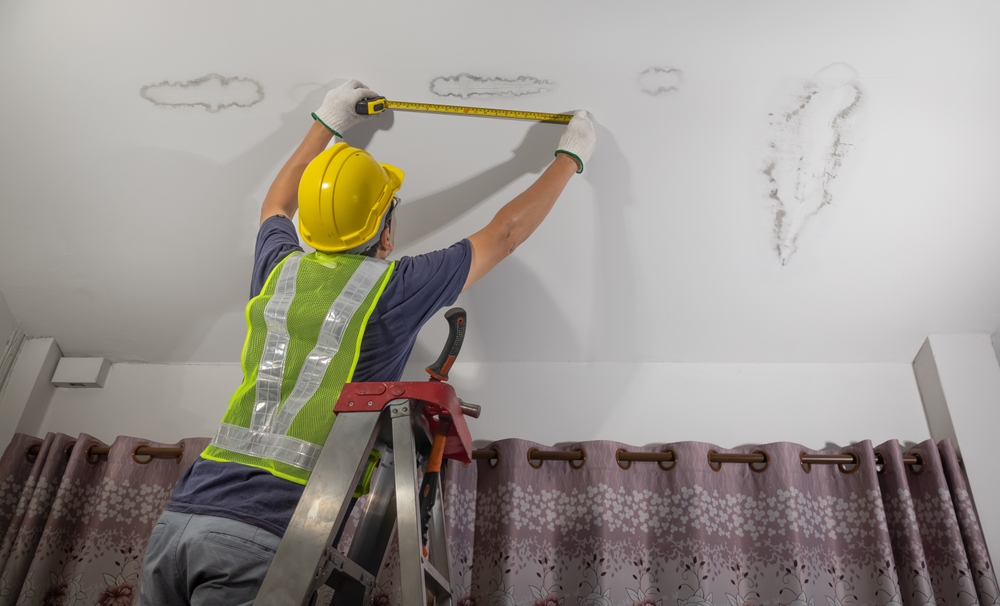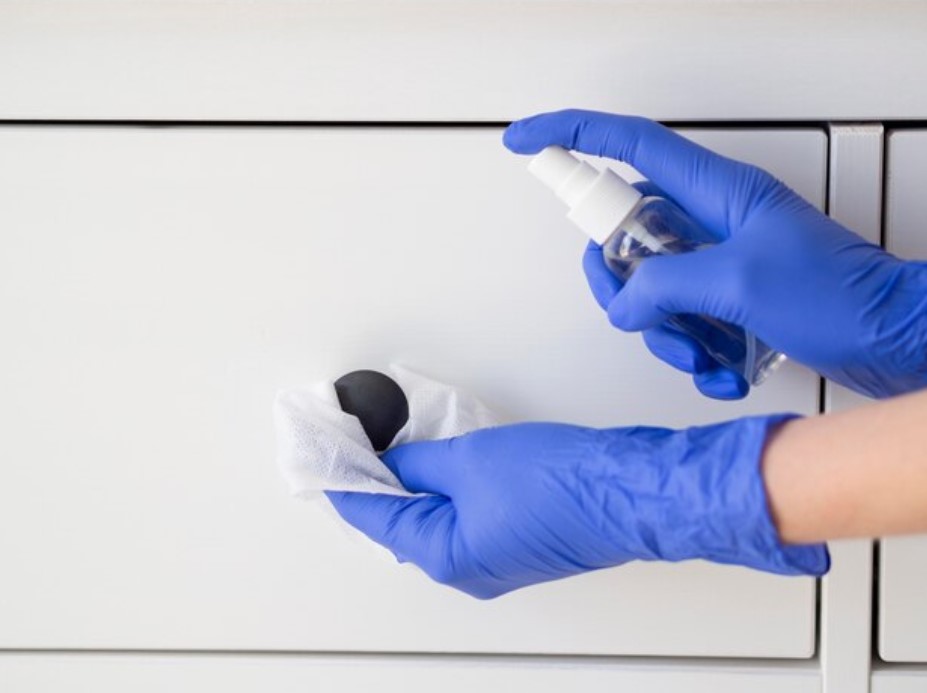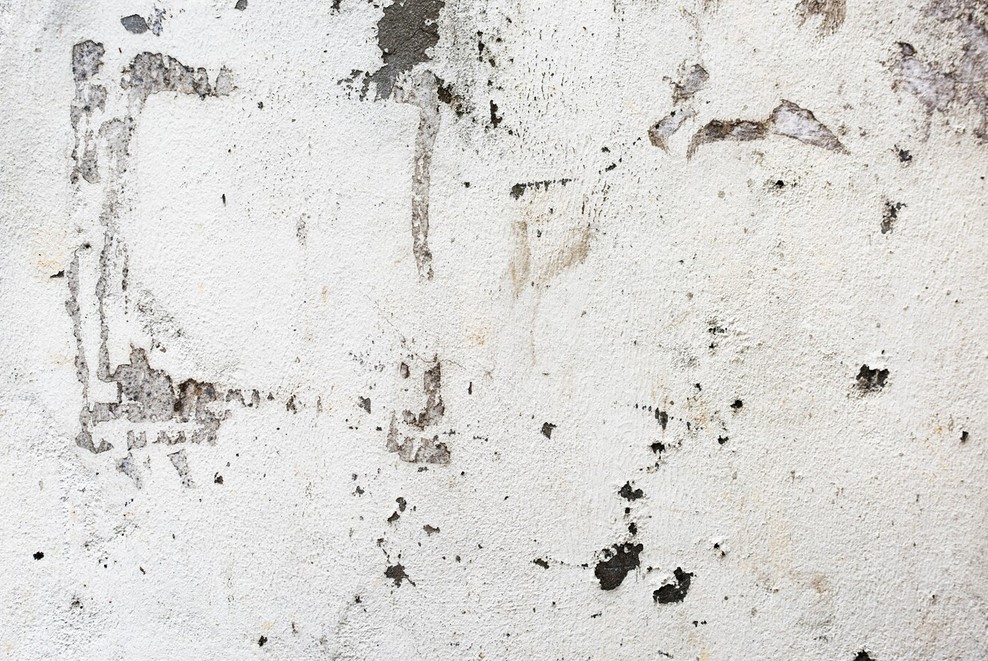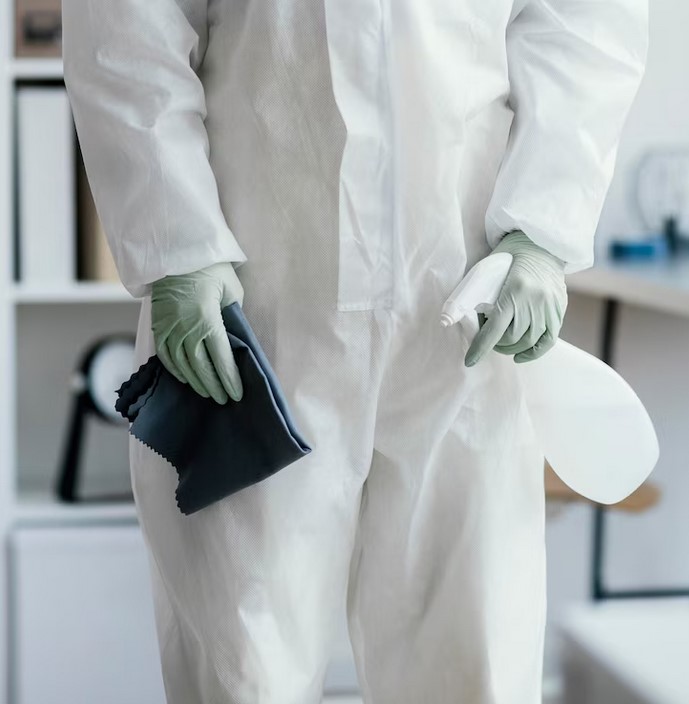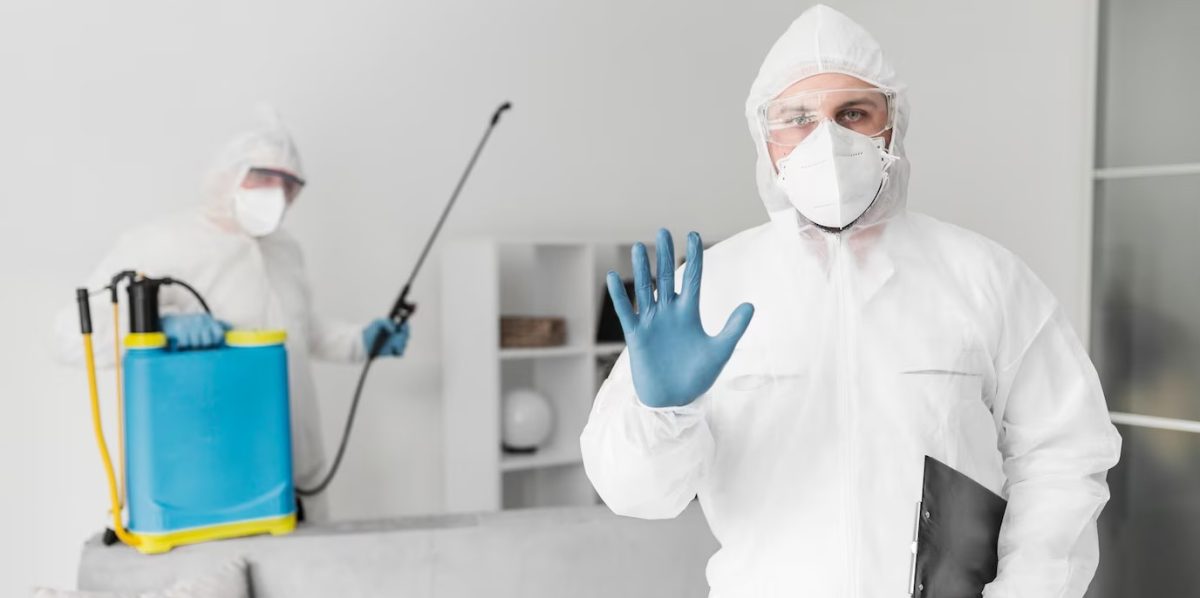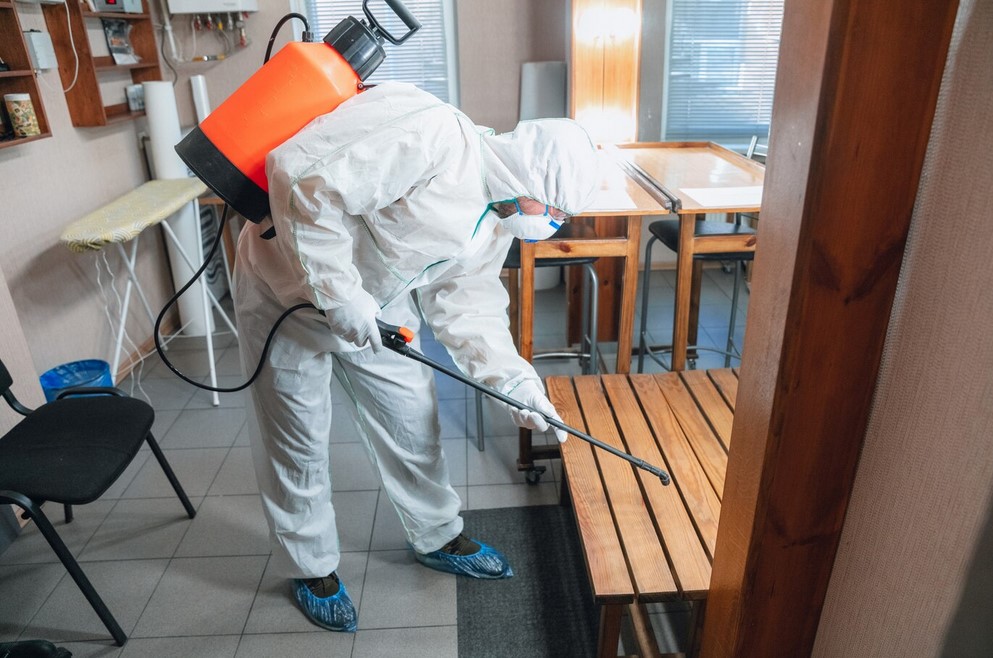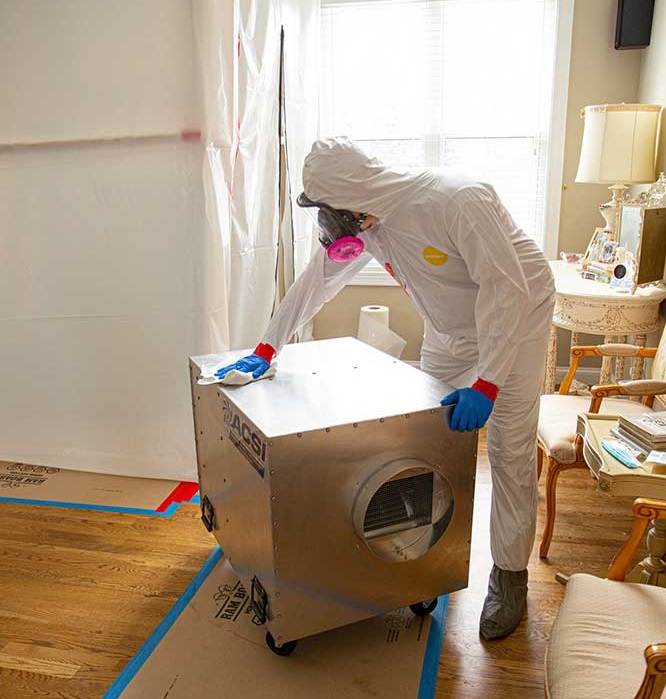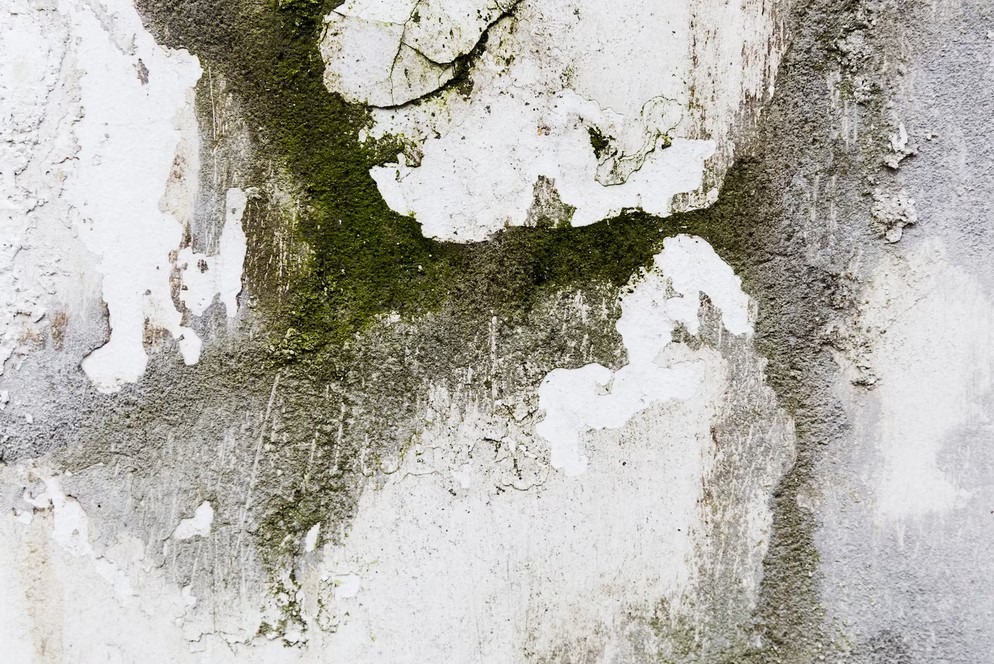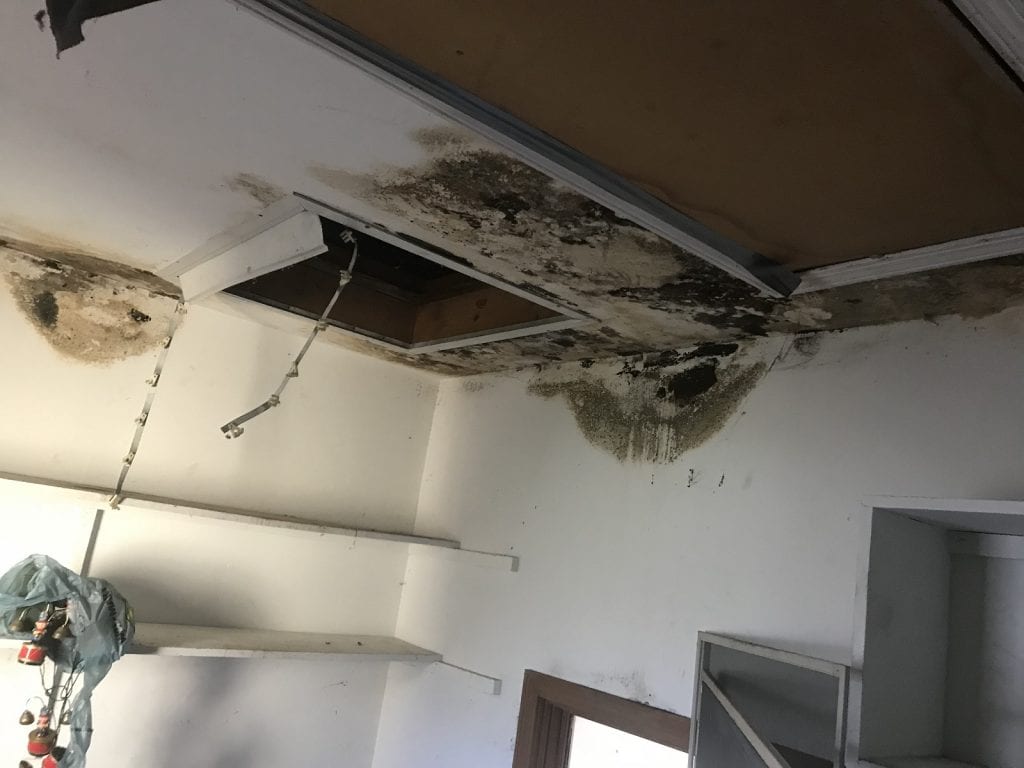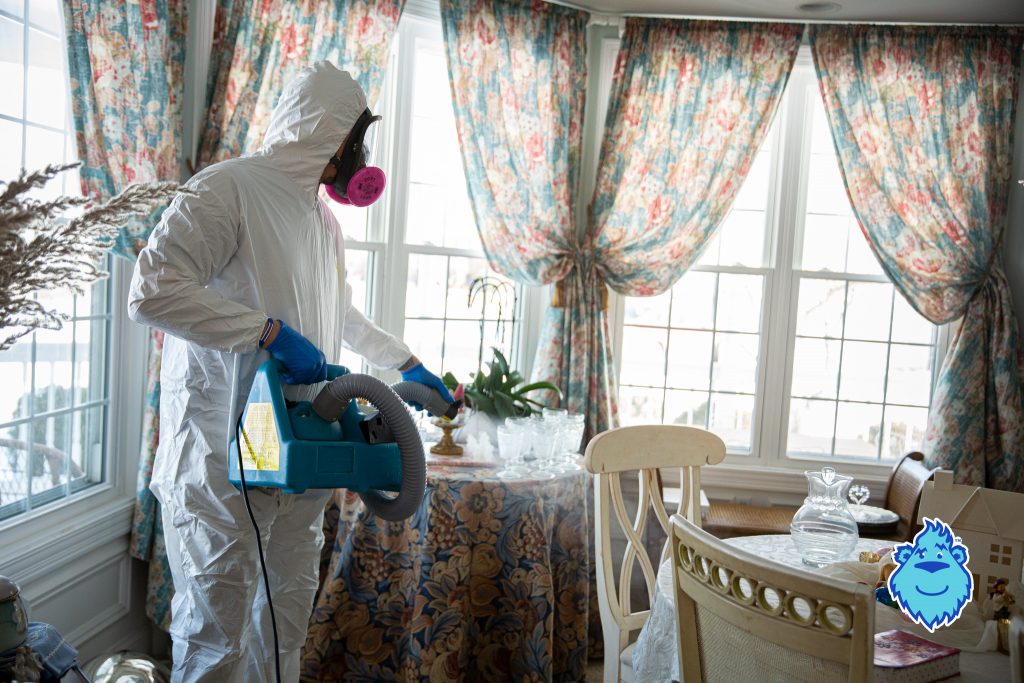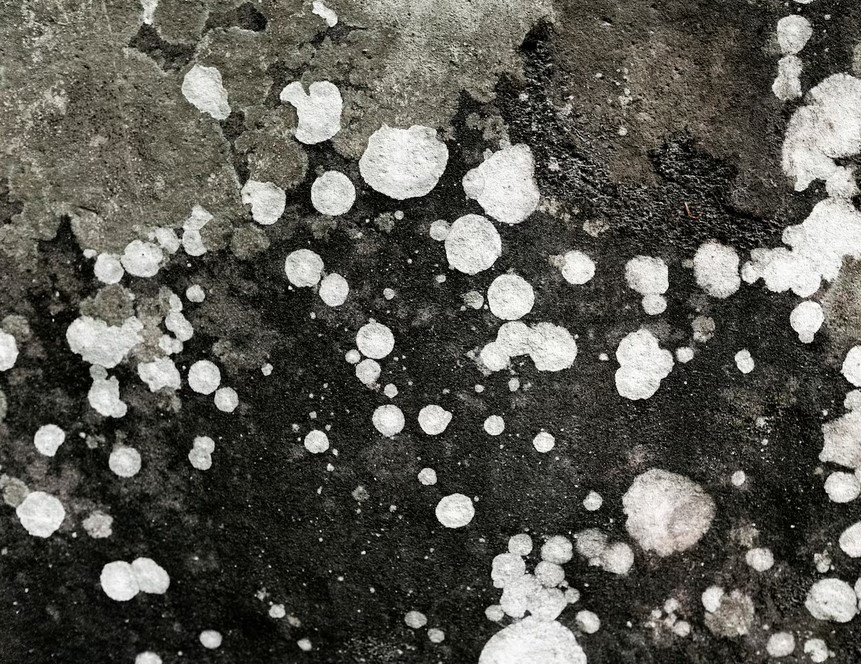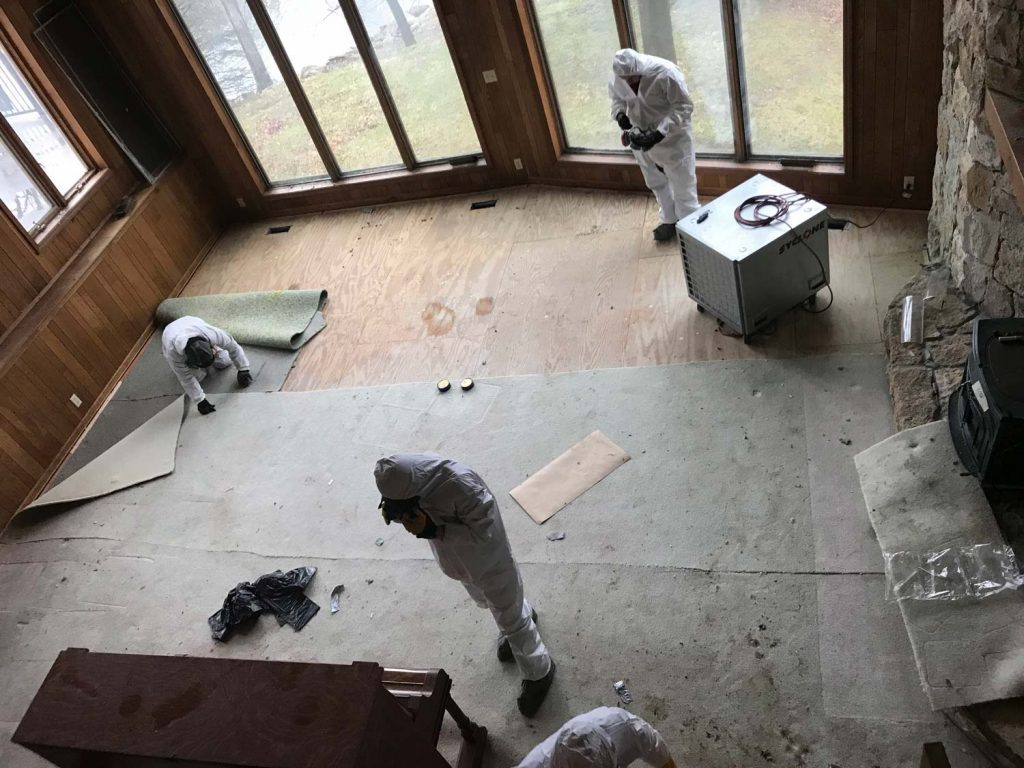Often overlooked, basement water removal is a critical task that homeowners must address promptly to prevent extensive damage and health hazards. A flooded basement can lead to structural issues, mold growth, and expensive repairs.
Yeti Restoration — your leading expert in water damage restoration in Cincinnati — offers comprehensive solutions to keep your home dry and safe. We have the expertise and tools to handle flooded basement cleanup efficiently, ensuring a quick and effective restoration process.
This article will discuss the effective techniques for basement water removal to protect your property and loved ones.
Identifying the Cause of Basement Water Issues
Understanding the root cause of basement flooding is essential for effective water removal and prevention. Here are common causes of basement water issues:
- Heavy Rainfall: Intense and prolonged rain can overwhelm your home’s drainage system. Rainwater can seep into the basement through cracks, gaps, and foundation walls.
- Poor Drainage Systems: Inefficient drainage systems around your home can cause water to accumulate and infiltrate your basement. Clogged gutters, faulty downspouts, and improper grading can all contribute to basement flooding.
- Foundation Cracks: Cracks in the foundation can provide easy access for water to enter your basement. They can appear from natural settlement, poor construction, or soil movement.
- Broken or Leaking Pipes: Plumbing issues in pipes can quickly flood your basement, causing significant water damage. Aging pipes, frozen pipes, or clogs can all contribute to water leaks and flooding.
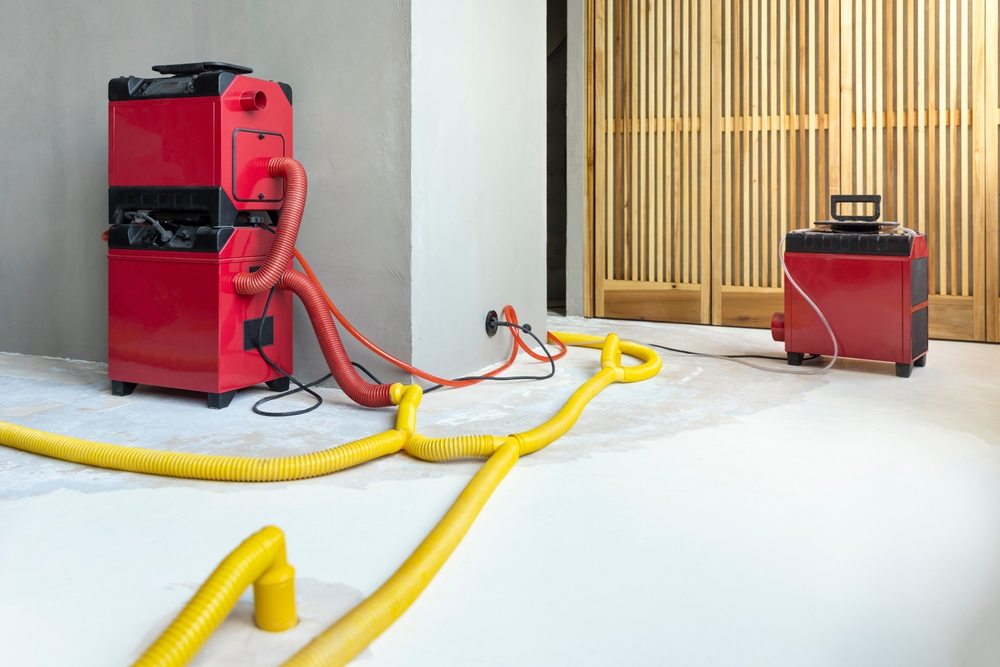
Immediate Steps To Take for Basement Water Removal
Here are the immediate steps to take if you notice signs of basement flooding.
Act Fast
Quick action is crucial when it comes to basement water removal. Act fast to minimize damage and prevent mold growth. The longer you wait, the more damage can occur and the more challenging it will be to clean up.
Perform a thorough inspection of your basement and identify the source of the water. Assess the type of water present, the extent of the damage, and potential safety hazards before proceeding with the cleanup.
You want to ensure the insurance company will cover your losses. Many insurance companies will not cover the damage if the homeowner does not act quickly to minimize the damage worsening over time.
Safety First
Water damage can pose safety risks. Turn off electricity in the affected area to avoid electrical hazards. Wear protective gear like rubber boots and gloves to protect yourself from contaminated water.
Do not risk your safety by entering the water, especially if you’re unsure of its origin. The best course of action is to contact a professional water damage restoration company like Yeti Restoration. When In doubt- call a Yeti!
Initial Water Removal Methods
Failing to remove the water promptly can lead to mold growth and further damage. Here are some initial water removal methods you can use:
- Using a Wet/Dry Vacuum: This tool effectively removes small amounts of water. Be sure to use a grounded extension cord and follow all safety guidelines.
- Utilizing Submersible Pumps: These pumps are ideal for quickly removing large volumes of water. However, they require technical knowledge and caution when operating, so it’s best to leave this task to professionals.
- Absorbing Water With Towels and Mops: Use absorbent materials to soak up excess water in hard-to-reach areas until professional help arrives. Dispose of the towels and mops properly to prevent mold growth.
Effective Techniques for Flooded Basement Cleanup
After removing the standing water, it is essential to dry out your basement thoroughly. We see this often… a homeowner thinks it is “dry enough” and then starts to smell some mildew odors and see mold growth a week later and then calls us in to help. Please do yourself a favor and call a Yeti right away. We have the tools to take moisture reading on all surfaces and will guide you in whether drying it yourself is a viable option.
Here are some effective techniques for flooded basement cleanup that Yeti Restoration provides:
- Water Extraction: We employ advanced water extraction techniques to remove standing water from your basement swiftly and efficiently.
- Drying and Dehumidifying the Basement: We use professional-grade dehumidifiers and air movers to dry the basement thoroughly, preventing moisture-related issues like mold growth.
- Cleaning and Sanitizing Surfaces: We clean and sanitize all affected surfaces to eliminate contaminants and bacteria, ensuring a safe environment.
- Mold Prevention and Remediation: We take proactive steps to prevent mold growth, including using antimicrobial treatments and thoroughly cleaning the affected area.
DIY vs Professional Basement Water Removal
While DIY methods may seem cost-effective, they may not always be the best for flooded basement cleanup.
Pros and Cons of DIY Methods
DIY basement water removal provides immediate response and is cost-effective for minor issues, helping you save money on professional services. However, they will not not be as effective as professional basement water removal services.
DIY methods are often less effective for severe flooding, as there’s a risk of incomplete drying and hidden damage. They also pose safety risks for individuals without proper training and equipment.
Benefits of Hiring Professionals Like Yeti Restoration
Hiring Yeti Restoration for your basement water removal needs offers several advantages:
- Expertise and Experience: Our skilled professionals understand the complexities of water damage and know how to address it effectively.
- Advanced Equipment: Our professional-grade equipment ensures thorough water removal and drying.
- Comprehensive Cleanup and Restoration Services: We offer complete solutions, from water extraction to mold remediation.
- Water Emergency Response: Our quick and reliable emergency services help mitigate damage and restore your home.
Preventing Future Basement Water Problems
It is essential to address the root cause of basement water problems to prevent future issues. Regular maintenance and preventative measures can help keep your basement dry and safe.
Follow these regular maintenance tips to prevent basement water problems:
- Inspect and Repair Foundation Cracks: Regularly check for and repair any cracks in the foundation.
- Ensure Proper Drainage Around the Home: Make sure your yard slopes away from the house and that drainage systems are working correctly.
- Install Sump Pumps and Backup Systems: A reliable sump pump system can prevent basement flooding during heavy rains.
- Regularly Clean Gutters and Downspouts: Keep gutters and downspouts clear to ensure proper water flow away from your home.
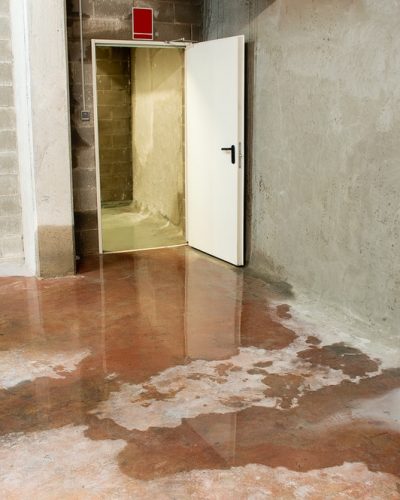
Contact Yeti Restoration for Expert Basement Water Removal
Why risk the potential dangers and incomplete cleanup of a flooded basement when you can trust the professionals at Yeti Restoration? We are committed to providing exceptional water damage restoration services in Cincinnati.
Our team is dedicated to ensuring your home is dry, safe, and restored to its original condition. Contact us today for a free consultation or emergency service.
Final Thoughts
Basement water removal is a critical task that requires prompt and effective action. You can protect your home from extensive damage by understanding the causes of basement flooding, taking immediate steps to remove water, and employing professional cleanup techniques.
Trust Yeti Restoration for expert basement water removal and prevention to keep your home dry and safe. We are here to help you through any water emergency and restore your home to its pre-loss condition.
Contact us for all your water damage restoration needs. Stay safe and dry!
